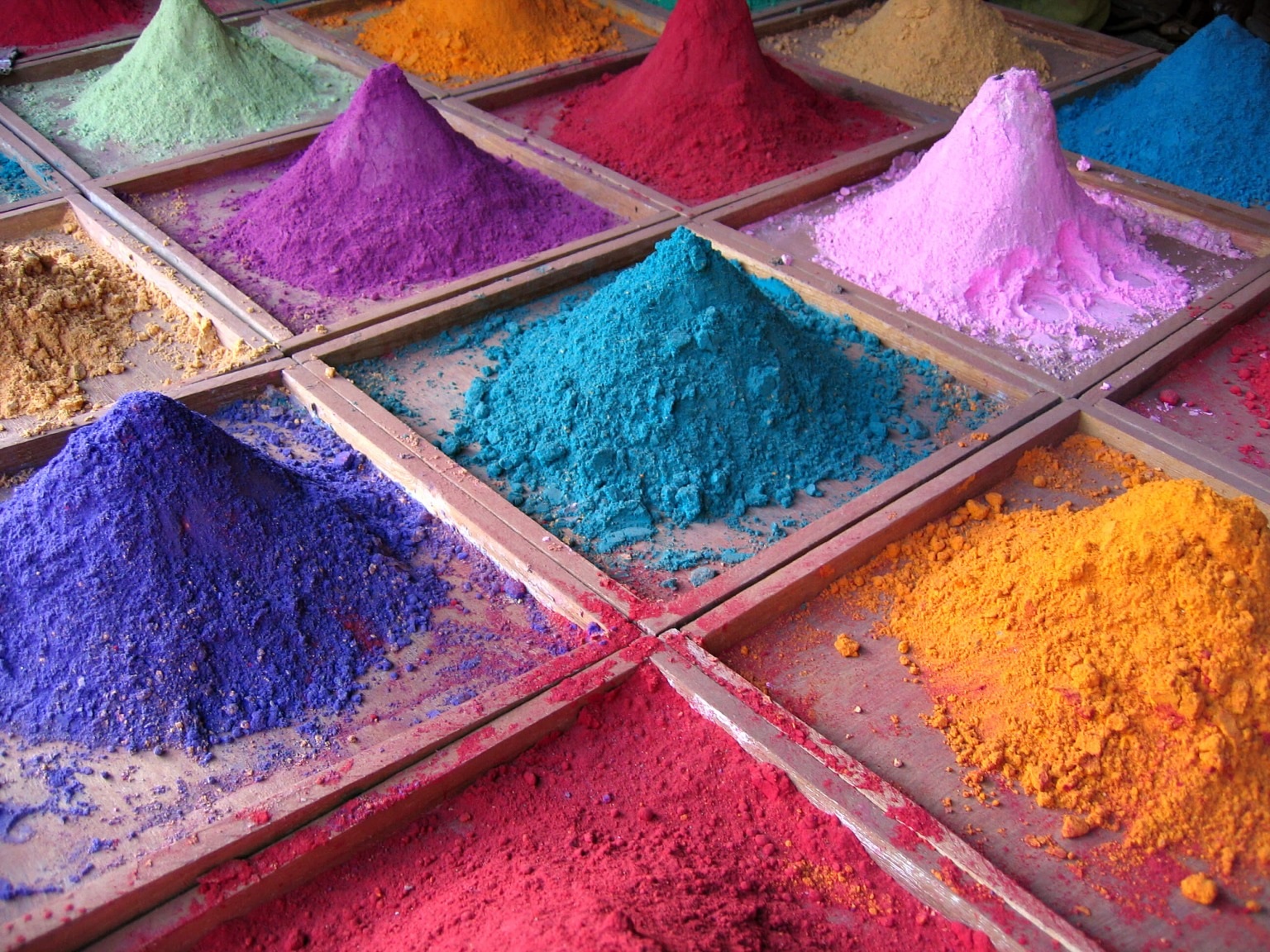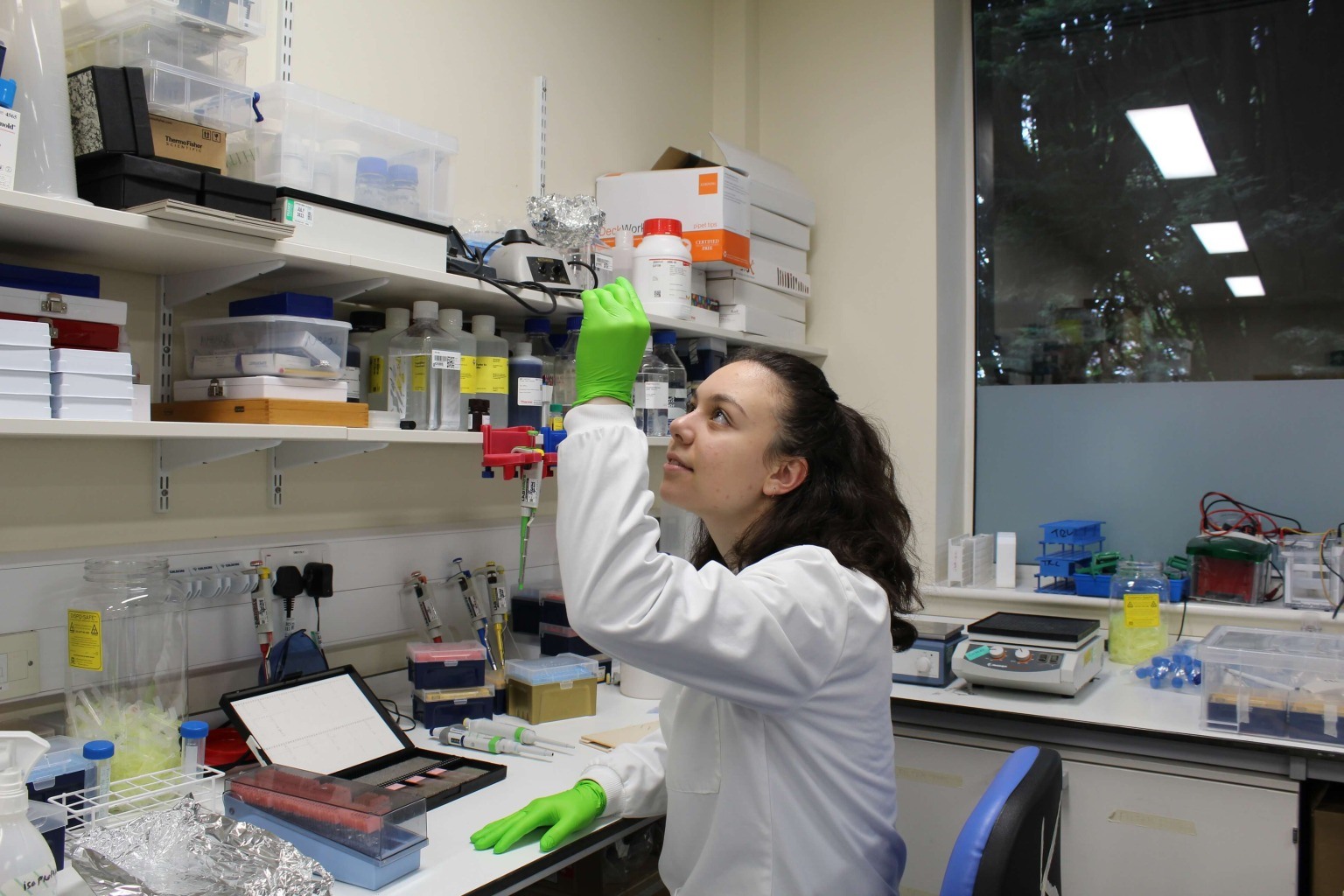
Celebrating the International Week of Science and Peace
Tatiana Charikleia Styliari

The method is based on the inelastic scattering of light, meaning that the frequency of the incident light is different compared with the frequency of the scattered light. When the light of a certain frequency (laser light) is incident on a surface, it is possible to scatter with different frequencies and intensities that are related to the properties of the incidence surface that we study. This information can be recorded in a Raman spectrum, which is unique for each material.
Raman spectroscopy can be applied on the surface of artefacts (painting, jewellery, sculpture, ceramics, etc.) to identify pigments and materials used in the understudy artwork. Having databases of colours and materials used during different periods, at different locations, and by different artists, we can travel in time and answer challenging questions. In which cases could this information be useful though?
It’s common for artworks to be stolen or forged, making essential the detection of their authenticity. With Raman spectroscopy, it is possible to study the composition of the artwork and, thanks to the existing databases, to associate the used materials with particular artists, the geographical location, and the historical time range. In this way, it is possible to shed light on the authenticity of the artwork.
Raman spectroscopy provides something analogous to a time travel scenario, where we could discuss with the artist the pigments and special techniques used to create the artwork. Having this information, restoring it can be very efficient and non-invasive, respecting the initial choices of the artists. In addition, each pigment has its own properties: it can be sensitive to certain conditions of temperature, pressure, and light exposure, something that has to be taken into account for optimal preservation in time.
Analyzing an artwork with Raman spectroscopy can give answers regarding knowledge of special techniques used by different civilisations in the course of time, and about their evolution through the development of these techniques. In addition, common techniques between individual nations can reveal a possible connection between them, such as trade.
A very crucial factor is that it is a non-corrupting method. This means that there is no corruption of the artwork and that other complementary methods can be applied after Raman spectroscopy as there is no deterioration of the surface. In addition, the Raman spectrum is unique for each pigment and acts as its fingerprint. Finally, small areas can be studied in the order of μm2, which is even smaller than one pixel of a typical computer screen. This plays an important role in studying the details of the artwork.
Sources: [1] Can Raman microscopy reveal art forgeries?, [2] Raman and x-Ray Fluorescence Spectroscopy Data Fusin for Identification of Pigments in Works of Art

Tatiana Charikleia Styliari


Katerina Britzolaki

Athina Lisgara